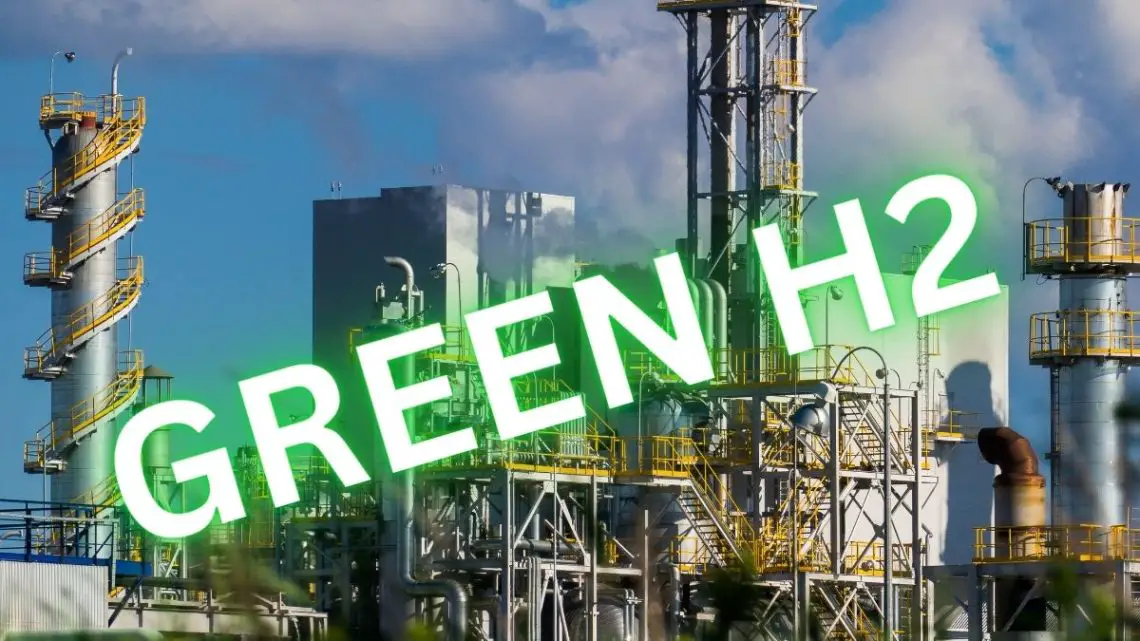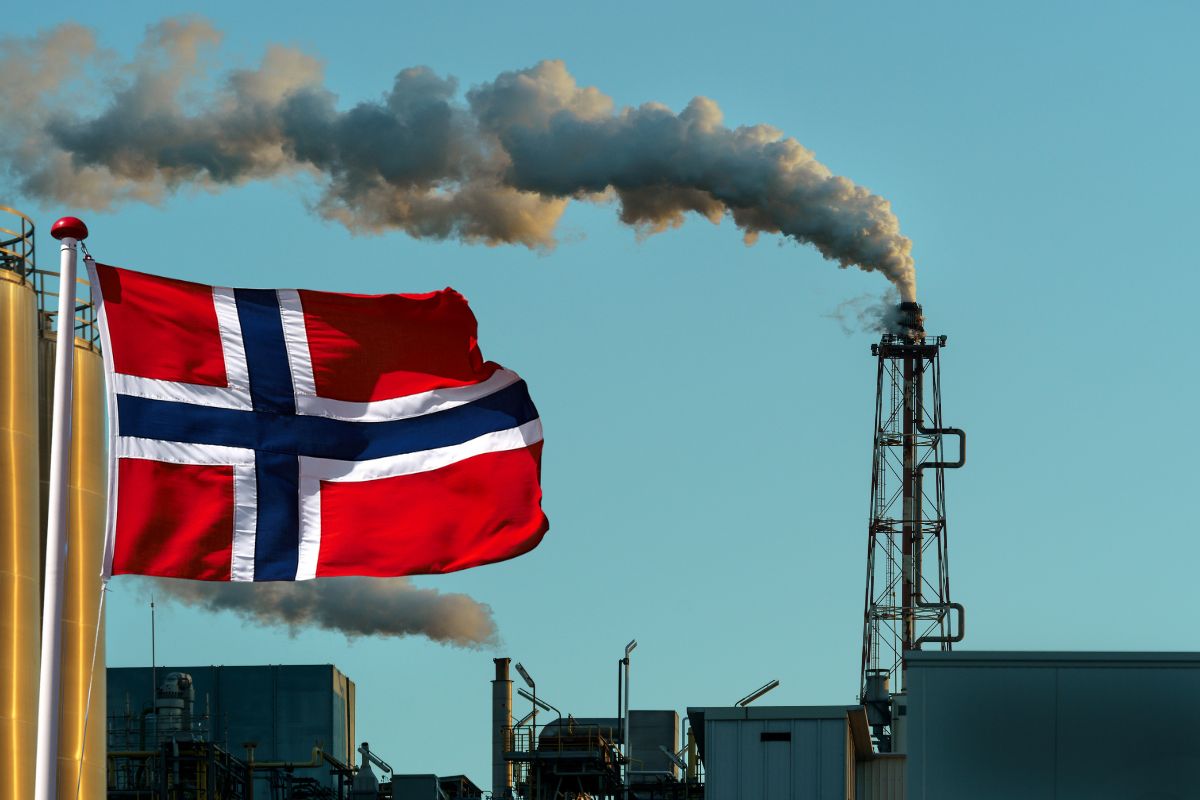
Yara International jumps on the green hydrogen decarbonization bandwagon
June 14, 2024The largest fertilizer maker in Europe has opened a water electrolysis plant in Norway.
Yara International ASA, the top fertilizer maker in Europe, opened a green hydrogen production plant in Norway as part of its efforts to decarbonize the fertilizer production process, which typically uses natural gas as a feedstock.
Renewable hydrogen can help cut emissions.
Cutting emissions is no easy task for the fertilizer industry. The reason is that the gas serves two purposes – it’s a feedstock and an energy source in ammonia production.
However, producing green ammonia can help to reduce some of the emissions from the fertilizer making process. This is possible because green ammonia is generated by combining hydrogen from water electrolysis using renewable power with nitrogen.
The new water electrolysis plant opened by Yara is currently the largest in Europe and will help to cut emissions at the Heroya factory in Norway.
The demonstration green hydrogen facility is expected to cut 5% of Heroya’s CO2 emissions.
The water electrolysis plant is a 24-megawatt demonstration facility. It is expected to cut Heroya’s 800,000 tons of carbon dioxide (CO2) emissions by 5% each year. This is a significant step in lowering emissions, because after the oil and gas industry, the Heroya factory is one of Norway’s biggest sources of CO2 emissions.

The plant successfully delivered the first fertilizer produced from renewable ammonia generated at the factory. That said, while this is a victory, it’s not one that can be sustained for the moment.
Blue ammonia projects are currently being pursued.
 In order for the green hydrogen project to make a long-lasting impact, green H2 capacity needs to be further expanded. However, according to Svein Tore Holsether, Yara’s CEO, increased capacity isn’t likely to happen until a total conversion of the whole ammonia plant occurs.
In order for the green hydrogen project to make a long-lasting impact, green H2 capacity needs to be further expanded. However, according to Svein Tore Holsether, Yara’s CEO, increased capacity isn’t likely to happen until a total conversion of the whole ammonia plant occurs.
The CEO explained that the company has “maxed out” what it can technically do at this point in time to connect renewable hydrogen with the ammonia plant. “It’s not incremental,” Holsether said.
While it works on further expansion, Yara is pursing blue ammonia projects, in which natural gas is used as a feedstock and carbon dioxide that results from production is captured and stored deep underground.
Although Holsether believes that “green will likely be dominant into the future,” for now, to create scale in a way that is cost efficient, blue is the more realistic choice.



 With over 15 years of reporting hydrogen news, we are your premier source for the latest updates and insights in hydrogen and renewable energy.
With over 15 years of reporting hydrogen news, we are your premier source for the latest updates and insights in hydrogen and renewable energy.
I was hoping buy now we would be seeing more from hazergroup.au turning natural gas into hydrogen and graphite. All the industries still using natural gas for power and heat could convert that gas to a cleaner burning fuel using the Hazer Process and save the water and energy needed for electrolysis.
Any comments?